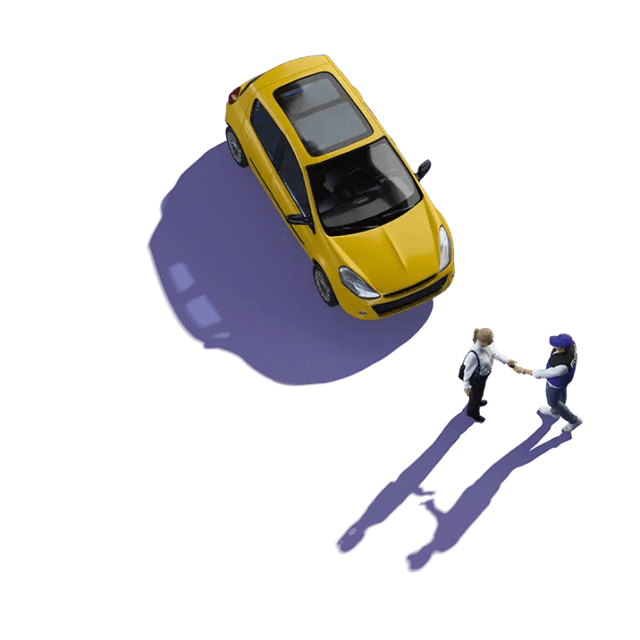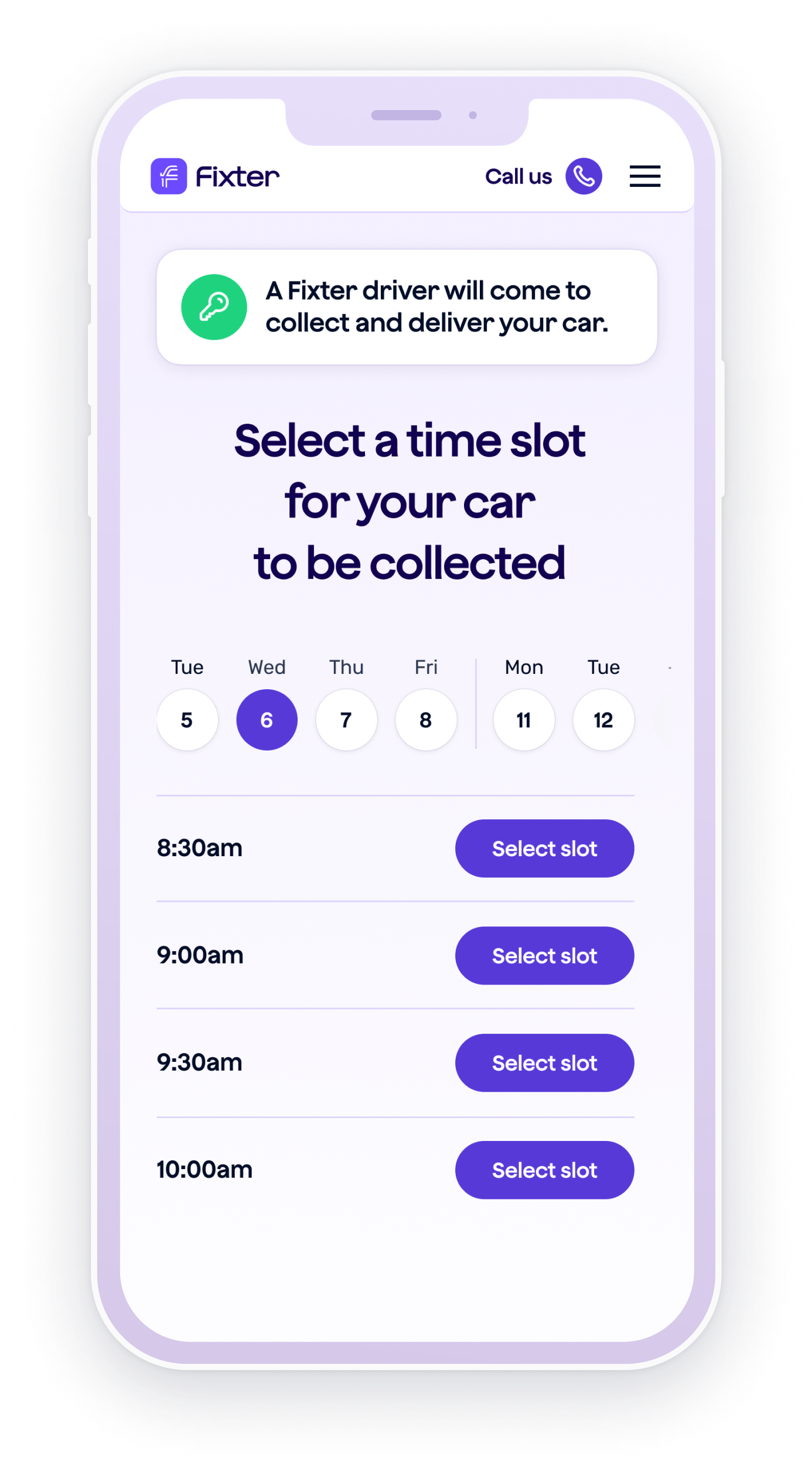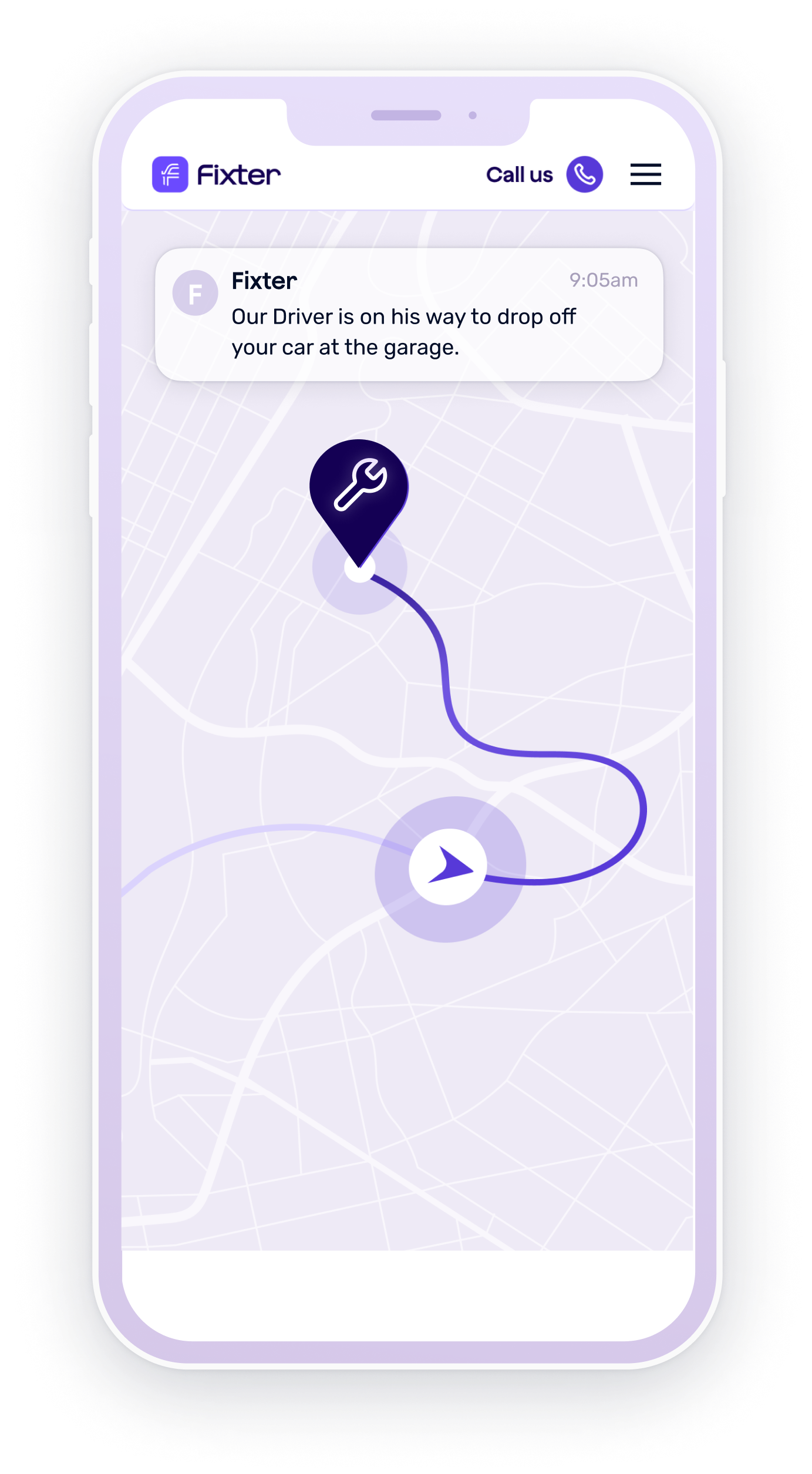If your car’s clutch has seen better days, is damaged or faulty, you may start to notice it ‘slipping’ when you change gears. This is a sign that the friction material on your clutch is wearing out and needs replacing. With Fixter’s seamless, end-to-end service your car will be collected, taken to your local garage and delivered back to your home by our fully-insured drivers. You’ll be kept up-to-date from start to finish.

Need further assistance?

How do I know when my clutch is slipping?
When your clutch slips you will feel a momentary loss of acceleration, or your car may accelerate but not at its normal rate. You will experience a slipping clutch when changing gears. Usually a clutch starts slipping in first gear on acceleration, often under moderate to hard acceleration. When a clutch is slipping there may also be a burning smell and sometimes you may even see smoke.
One way to test if your clutch is slipping is to select a new gear, release the clutch pedal and continue trying to accelerate. If you notice that the engine is racing, but you’re not speeding up as fast as you normally would, there is likely an issue with your clutch.
Usually a clutch will start slipping long before it fails. However, as soon as you notice it slipping, you should book your car in for a clutch kit replacement.
Why does my clutch keep slipping?
A typical car clutch is made up of three parts – the clutch plate, the pressure plate and the flywheel – these work in harmony to allow you to change gears seamlessly. The clutch works by employing a plate or disc that uses friction to join it to the flywheel where they move at the same speed. A slipping clutch occurs when your clutch’s friction material is worn out, therefore the clutch plate will start moving at a different speed to the flywheel, causing a slip.
What are the common causes of a slipping clutch?
Worn, damaged clutch friction linings or disc surface
Risk level - Medium
What to do - If you have felt your clutch slip it’s important to get it checked out or replaced, as a faulty clutch can compromise the drivability and safety of your car. One way to test if your clutch is slipping is to select a new gear, release the clutch pedal and continue trying to accelerate.
Oiling of friction linings
Risk level - Medium
What to do - If you have an oil leak or if oil has somehow made its way into the clutch mechanism, this could be causing the slipping sensation. The oil will reduce the effectiveness of the friction lining meaning that the components in your clutch won’t be able to operate properly. You may need to book your car in for a service so that your oil levels can be checked and your engine cleaned if necessary.
How long should a clutch last for?
There isn’t a set amount of time or mileage that your clutch should last for, as it can depend on both the car and your driving style. Most clutches are designed to last approximately 60,000 miles, however they can remain healthy and in good condition after covering anywhere between 30,000 and 100,000 miles.
There are a range of factors that can affect the lifespan of your clutch:
Quality of driving – if you do a lot of stop-start driving or fancy yourself a bit of a “boy/girl racer”, i.e. revving your engine excessively and harsh acceleration without climbing up the gears first, this is likely to wear down your clutch more quickly
Quality of vehicle – the car’s age and the mileage it’s done can affect how often the clutch needs replacing
Maintenance of your car – regular services and checks to ensure the car is in good health and operating as it should be

Need further assistance?

Can you drive with a slipping clutch?
A clutch will usually begin slipping in first gear on acceleration, often under moderate to hard acceleration. At this stage, it is still possible to drive with a slipping clutch, however we recommend that you get your clutch replaced as soon as possible. When your car’s clutch begins to slip when you’re driving in higher gears – say, gear three and up – this is a sign that your clutch will most likely fail soon, and you must get it replaced immediately.
Until you get your clutch fixed there a few driving tips that will help minimise your clutch slipping. When pulling off, first loosen pressure on the clutch pedal so that the car starts off and begins moving slowly, then hold it in semi-pressed condition for 2-3 seconds and only then release it completely. This reduces the rate of acceleration and will decrease the chance of your clutch slipping. Another tip is to avoid pulling off at high RPM, as this can also cause your clutch to slip.
Can you fix a slipping clutch?
A slipping clutch is a tell-tale sign that your clutch mechanism is failing or damaged, therefore to fix a slipping clutch your car will most likely need a clutch kit replacement. As the clutch is imperative for vehicle function and safety you need to get it looked at as soon as possible. Don’t have time to take your car to the garage? Don’t panic, booking a repair with Fixter couldn’t be easier. Simply select the repairs you need online, choose where and when you’d like us to collect your car, our drivers will take it to one of our carefully vetted, local garages, and we’ll return your car back to you once the work is complete.
How much does it cost to fix a slipping clutch?
Fixing a slipping clutch is likely to involve replacing one or more parts of the clutch. The price of a replacement can range between £300 to £700, and will be at the higher end of that range if your flywheel needs to be changed. From our research, we’ve determined that the average price of a clutch replacement in the UK is £474.

Need further assistance?







